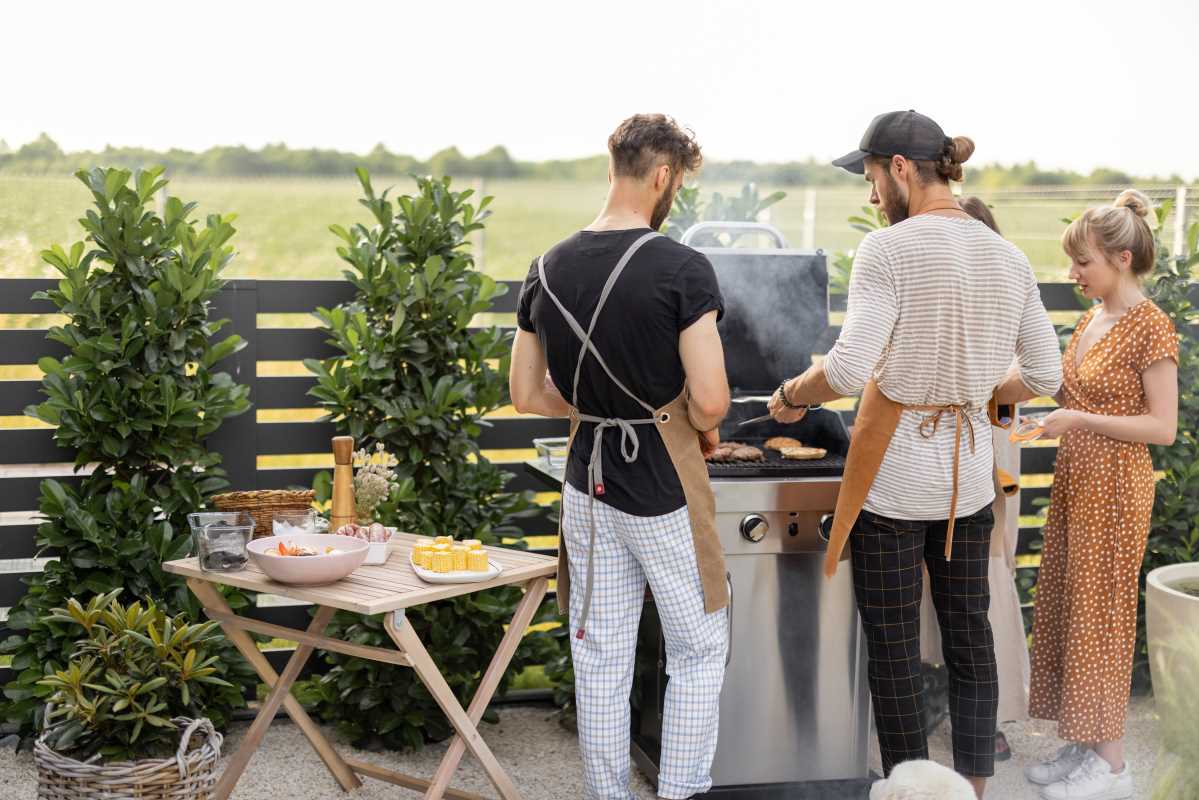The culinary arts may seem like a celebration of creativity and flavor, but beneath the surface lies a powerful ally that shapes every dish we enjoy — chemistry. The intersection of science and cooking unlocks an array of exciting possibilities, from mastering everyday techniques to creating cutting-edge, avant-garde cuisine. At its core, cooking is chemistry. It's a series of reactions that transform raw ingredients into flavorful, aromatic, and visually stunning dishes. Understanding these chemical processes allows chefs to harness them with precision, pushing the boundaries of what can be achieved in the kitchen.
Everyday Chemistry in Cooking
Cooking isn’t just about combining ingredients; it’s about how heat, pH, and other elements trigger chemical reactions that transform those ingredients. One of the most common examples is caramelization, which involves the breakdown of sugar molecules when exposed to heat. Whether you’re browning the surface of crème brûlée or roasting onions to deepen their sweetness, caramelization creates rich, complex flavors that are hard to resist.
Another familiar chemical process is emulsification. This happens when two immiscible liquids, like oil and water, are combined into a smooth, stable mixture. Mayonnaise, vinaigrettes, and hollandaise sauce are all examples of emulsions, with egg yolks or mustard often acting as emulsifying agents. The secret lies in molecules called emulsifiers, which stabilize the mixture and prevent it from separating. A deeper understanding of emulsification can help elevate these sauces — ensuring your hollandaise is silky rather than splitting into a curdled mess.
Fermentation is another way chemistry enriches cooking.
- This ancient technique relies on microorganisms like yeast and bacteria to break down sugars into alcohol, acids, and gases.
- Think of sourdough bread, kimchi, or kombucha — fermentation not only preserves food but also adds tangy, savory, or umami flavors that are impossible to replicate otherwise.
- The chemistry of fermentation is a dance between microbes and their environment, with temperature and time influencing the final flavor.
Molecular Gastronomy and Innovative Cuisine
Over the last few decades, a new era of cooking has emerged, driven by molecular gastronomy. This branch of culinary science explores the physical and chemical transformations that happen during cooking, often challenging traditional notions of cuisine. Key figures, like Ferran Adrià of El Bulli and Heston Blumenthal of The Fat Duck, have revolutionized fine dining by merging scientific principles with creativity.
One popular technique in molecular gastronomy is spherification. By using sodium alginate and calcium chloride, chefs can create liquid-filled spheres that mimic the appearance and texture of caviar. These bursts of flavor are often used in cocktails, desserts, or as garnishes, adding a playful surprise to the dining experience.
Another innovative application of chemistry is the use of liquid nitrogen. Chefs like Blumenthal use it to flash-freeze ingredients, creating unique textures. Imagine a dessert where the outside shell shatters like glass, revealing a creamy, almost ethereal filling inside. Liquid nitrogen also creates dramatic plumes of fog, adding a theatrical flair to dishes.
Foams and airs, popularized by Adrià, represent another way chemistry alters the sensory experience of food. Using substances like lecithin, chefs can transform liquids into airy foams that concentrate flavors while offering a delicate texture. A carrot foam, for instance, can carry the essence of carrot flavor while feeling light as air on the palate.
Chemistry’s Role in Flavor and Texture
Beyond its theatrical applications, chemistry is crucial for enhancing flavor and texture. Take the Maillard reaction as an example — the golden-brown crust on seared steaks or toasted bread is the result of this complex chemical process.
- The Maillard reaction occurs when amino acids and sugars interact at high heat, creating new compounds that contribute to both flavor and appearance.
- Without the Maillard reaction, a steak would taste flat, and bread would lack its appealing aroma.
Another way chemistry contributes is through the manipulation of pH levels. For instance, adding an acid like lemon juice to marinades tenderizes meat by breaking down proteins. On the flip side, alkaline substances, like baking soda, can be used to crisp up the skin of roasted vegetables or poultry by altering surface pH and accelerating browning.
Texture is another area where chemistry steps in. Bakers rely on an understanding of gluten, a protein network that gives bread its structure. By controlling hydration, kneading time, and resting periods, they manipulate gluten development to achieve everything from a crusty baguette to a soft brioche. Similarly, gelation techniques using gelatin or agar-agar enable chefs to create desserts like panna cotta or modernist puddings, where texture becomes a conversation piece.
Chemistry in Action: Dishes that Inspire
Many iconic dishes showcase the power of chemistry. Take soufflés, for example. Their dramatic rise relies on the denaturation of egg proteins during whipping and baking, trapping air and creating a fluffy texture. A slight misstep in timing or ingredient ratios, however, and the soufflé collapses — a perfect example of how chemistry needs precise execution.
Another dish that underscores chemical principles is ceviche. The fish "cooks" in acidic citrus juice, where the acids break down proteins, firming the texture and changing the translucent raw fish to an opaque appearance. This chemical transformation mimics cooking with heat but creates a lighter, fresher result that’s perfect for warm days.
The Science of Presentation
Chemistry also plays a role in presentation, enhancing the visual appeal of food. Consider how chefs use edible food dyes derived from natural compounds like anthocyanins in red cabbage or chlorophyll in spinach. Not only do these dyes add vibrant colors, but they also change hues based on pH — a fun way to create interactive dishes.
Chefs also use stabilizing agents like xanthan gum or carrageenan to create gels, thickened sauces, or transparent "sheets" of flavor. These techniques turn common ingredients into works of art, pushing the boundaries of what’s possible on a plate.
From the golden crust of a loaf of bread to the playful theatrics of liquid nitrogen, chemistry is inseparable from cooking. It shapes flavors, textures, and even emotions, whether you’re making a simple vinaigrette or crafting a molecular masterpiece. By understanding the science behind food, we can not only cook better but also appreciate the hidden wonders of what ends up on our plates. Chemistry, after all, is the secret ingredient that brings magic to the culinary world.
 (Image via
(Image via





